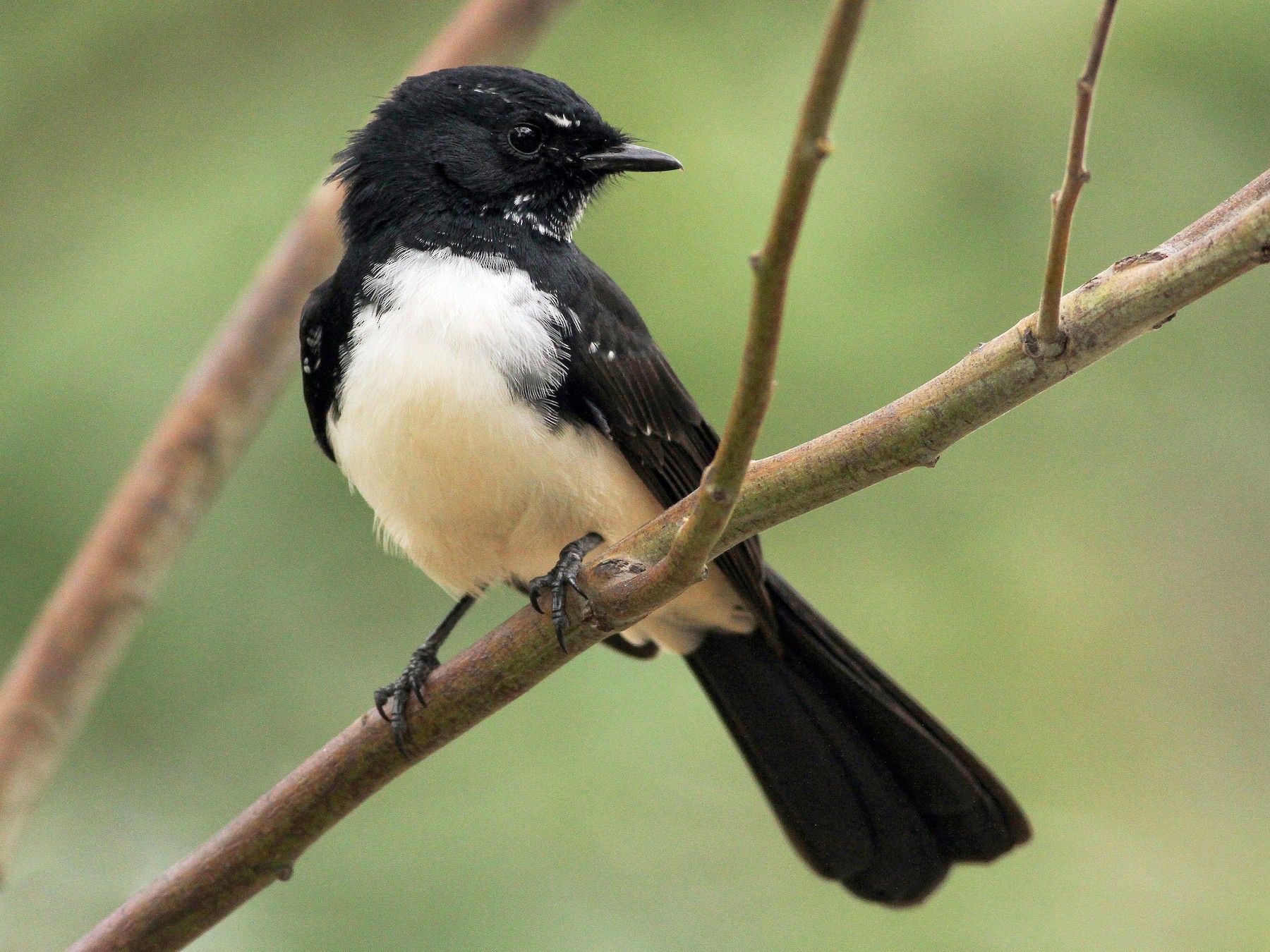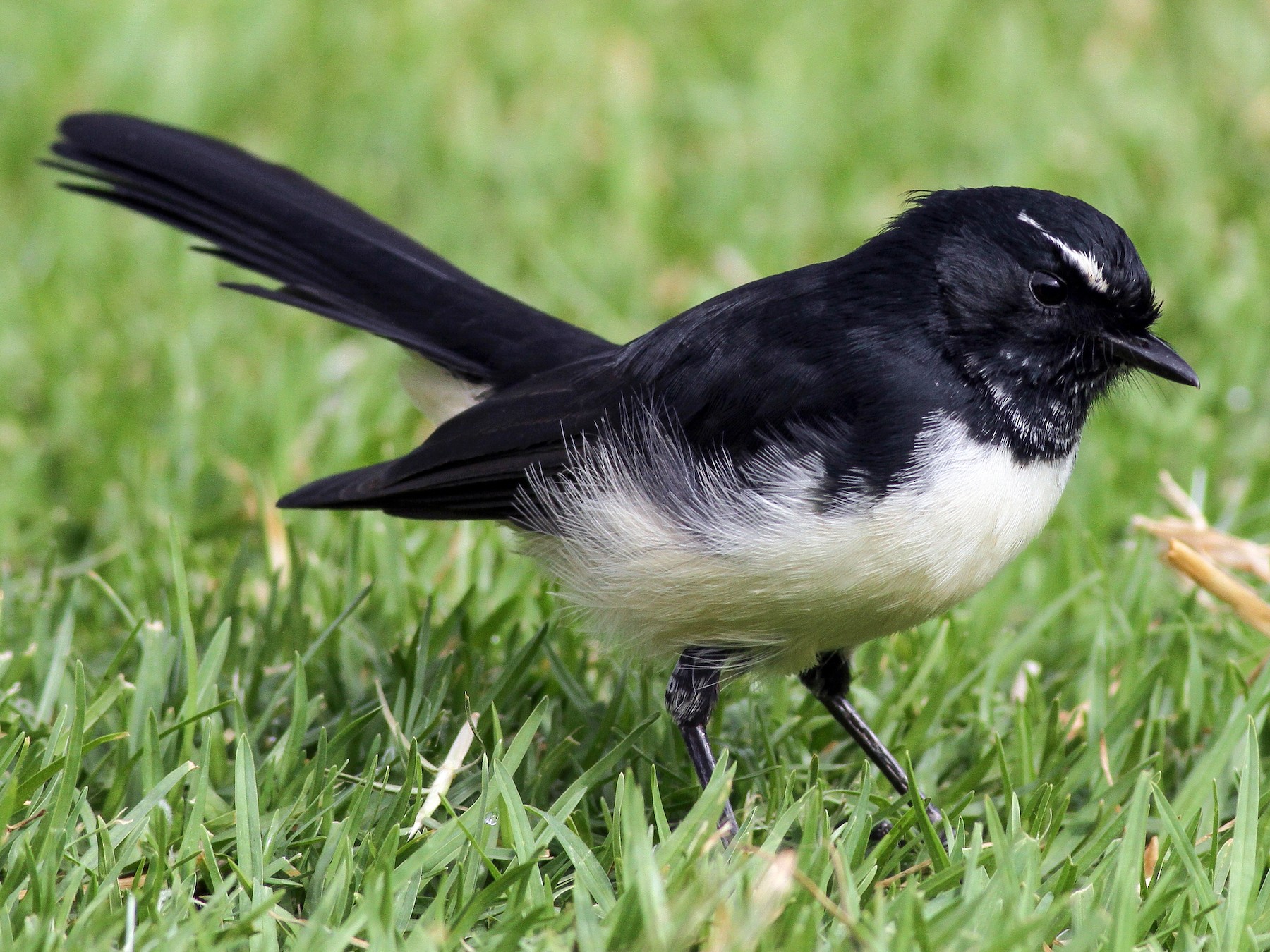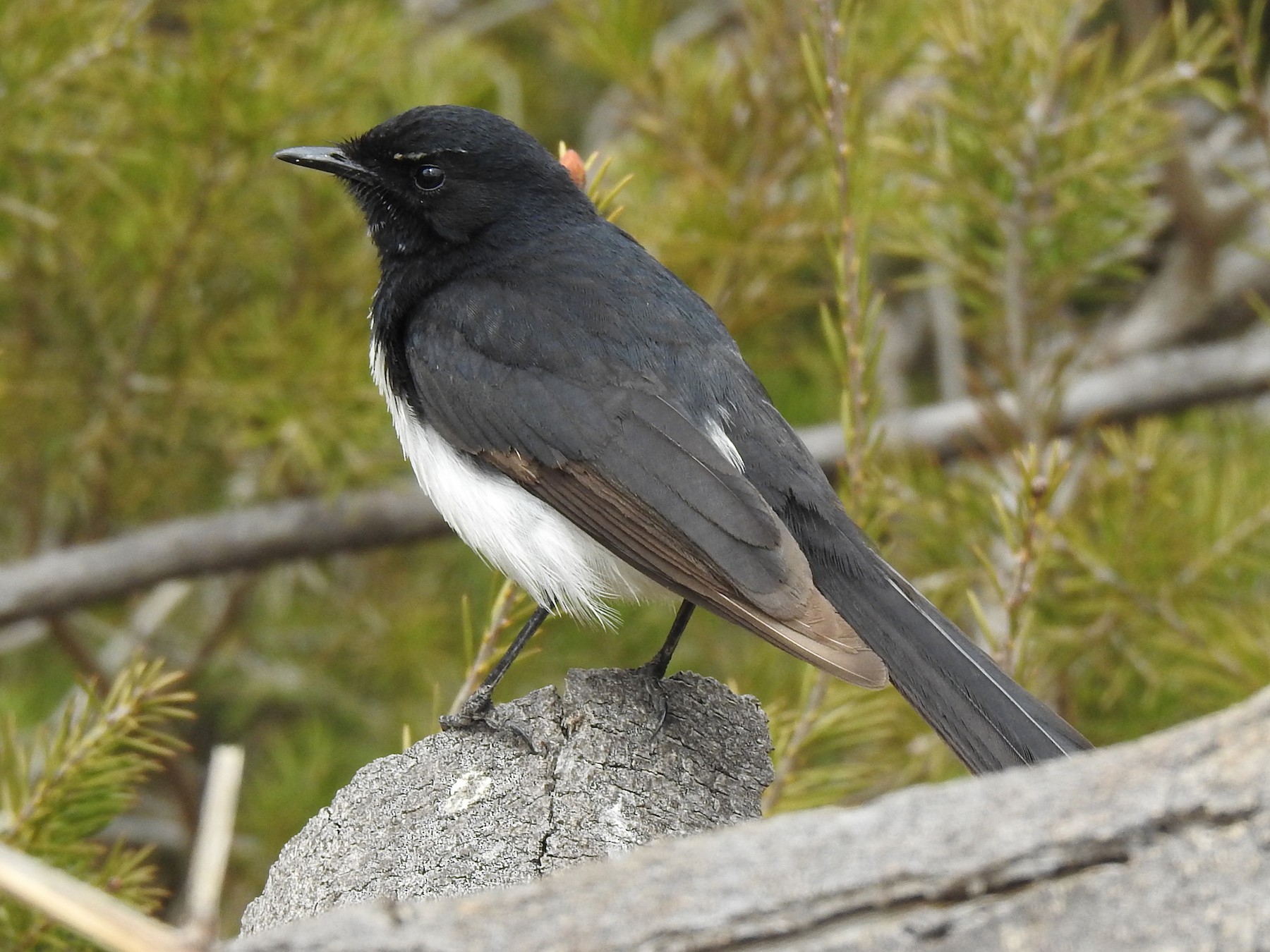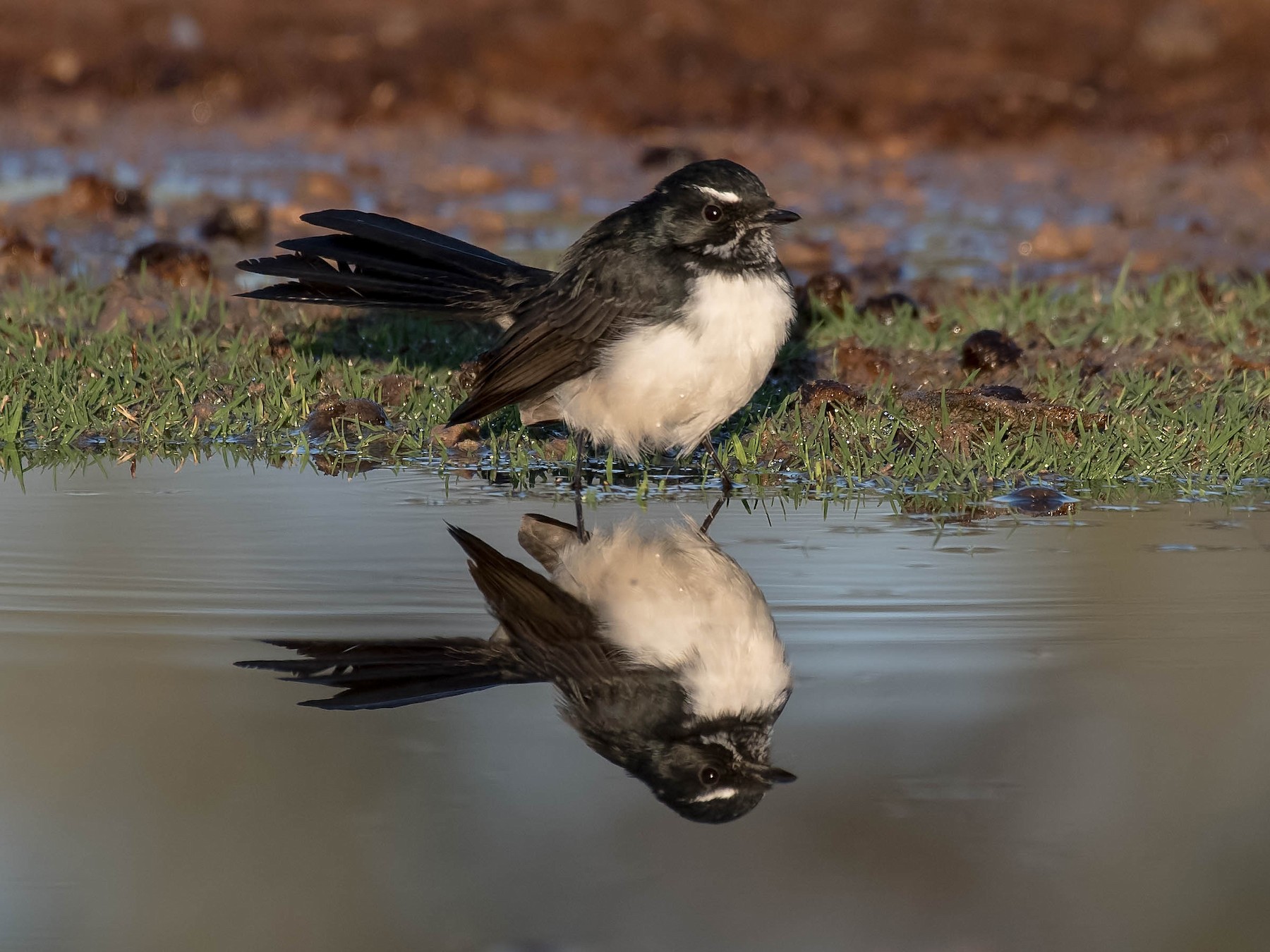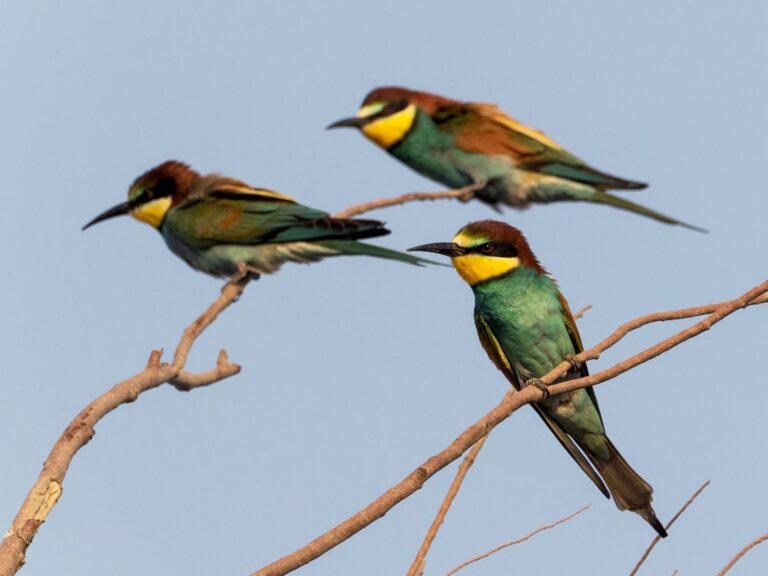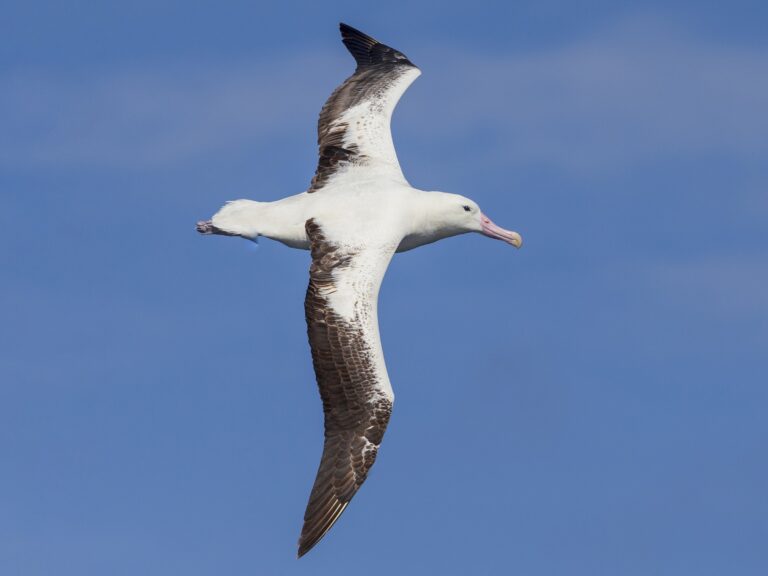Willie-wagtail: Fascinating Facts About Their Habitat
The Willie-wagtail is a small, black and white bird known for its lively tail movements. It is found across many parts of Australia and is easily recognized by its bold colors and energetic behavior.
This bird is famous for wagging its tail from side to side, which helps it communicate and stay alert to danger. It lives in open habitats like parks, farms, and gardens, avoiding dense forests.
The Willie-wagtail plays an important role in controlling insect populations, as it feeds mostly on bugs and small insects it catches on the ground or in the air. People often enjoy watching the Willie-wagtail because of its bold nature and curiosity around humans.
It builds neat, cup-shaped nests and is known for fiercely protecting its young against intruders, showing a determined side despite its small size. More about this bird’s life and habits can be found in the detailed Willie-wagtail overview.
Key Takeways
- It is a common bird found in many Australian habitats.
- It feeds mainly on insects and uses tail wagging to communicate.
- The bird is protective of its nest and often interacts with people.
Sign Up for Our Monthly Newsletter
Every month we send out our newsletter about interesting (and sometimes quirky) things happening in the world of birding. Give it a try!
The Willie-wagtail is a well-known bird native to Australia with distinct physical traits and behaviors. It is easily identified by its color patterns and tail movements. This bird belongs to a specific group of birds common in open habitats.
Willie-wagtail Overview
Taxonomy and Classification
The Willie-wagtail’s scientific name is Rhipidura leucophrys. It belongs to the fantail family, Rhipiduridae, which includes small insect-eating birds.
This bird is the largest member of this family in Australia. Its classification places it among songbirds, known for their vocal abilities. It is native to Australia, Tasmania, and parts of New Guinea. It has no close relatives outside this region but shares features with other fantails worldwide.
The genus name Rhipidura refers to the bird’s fan-shaped tail, which is a key feature of this group.
Physical Characteristics
The Willie-wagtail displays a distinct black-and-white color pattern. The top of the bird, including the wings and head, is black, while its belly and chest are white. It also has a narrow white eyebrow line, which adds to its striking look. Adult Willie-wagtails measure about 19 centimeters in length.
They have thin bills for catching insects and long legs that help in running on the ground. Their plumage is smooth and neat, making them easy to recognize.
Distinctive Behaviors
The bird is well known for its constant tail wagging, which gave it the name Willie-wagtail. It often raises and swings its tail from side to side while moving.
This behavior helps it balance and possibly communicates with other birds. It is insectivorous, spending much time hunting insects in open spaces.
Willie-wagtails are bold and curious, often following livestock like cattle and sheep to catch insects disturbed by their movement. They are also highly territorial and will defend their nest aggressively. Learn more about its habits on the Willie-wagtail BirdLife Australia page.
Habitat and Distribution
The willie-wagtail lives in many parts of Australia and nearby regions. It chooses places where it can find open spaces and scattered trees.
Geographic Range
Willie-wagtails are found throughout most of Australia, including Tasmania. They also live in New Guinea and nearby islands. Their range covers urban areas, rural lands, and natural open spaces. This broad distribution shows their adaptability to different climates and environments.
Preferred Environments
They mainly live in open environments like woodlands, grasslands, and farmlands. Willie-wagtails avoid dense forests such as rainforests or thick eucalyptus forests. They often stay near wetlands or water bodies. They thrive in areas with scattered trees or man-made clearings where they can hunt for insects easily.
Willie-wagtails are common in semi-open spaces with low shrubs or grassy patches, making these spots ideal for nesting and feeding. More details can be found on their habitat and range and preferred habitat types.
Breeding and Lifecycle
The Willie Wagtail forms long-term pairs and shows strong territorial behavior during breeding. Its breeding season and nesting success often depend on weather and environmental conditions. The development of chicks follows a precise timetable from egg-laying to fledging.
Mating Rituals
Willie Wagtails typically pair for life. They often form pairs before the breeding season starts. Courtship involves displays such as tail wagging and singing. The male may bring food to the female to strengthen their bond.
Pairs become very territorial, defending their area vigorously from other birds. This territorial behavior helps secure resources and nesting sites. In drier regions, breeding usually happens after rainfall when food is more abundant. The breeding season mostly falls between July and January. However, breeding can occur year-round if conditions are favorable.
Nesting Habits
Willie Wagtails build cup-shaped nests, usually in low shrubs or trees. The nest is made from grass, bark, and spider webs to create a strong and flexible structure. It is often positioned on a horizontal branch or in a fork in the tree. The bird lays 2 to 4 eggs per clutch.
Eggs are usually cream-colored with fine spots or blotches. Clutch size and nesting time can vary by location and conditions. The pair maintains and defends the nesting site throughout incubation and chick-rearing. Nests are highly guarded to protect against predators.
Development of Chicks
Eggs hatch about 14 days after being laid. Both parents share the duty of feeding the young. Chicks are altricial, meaning they hatch blind and featherless. Parents feed the chicks insects and small invertebrates.
After about two weeks, the chicks gain strength and start to leave the nest. Young birds may remain near the nest for a short time before becoming fully independent. The whole process from egg-laying to fledging usually lasts around one month. The young learn survival skills during this time through observation and practice, preparing them for adult life.
For more detailed behaviors during breeding, see the Willie Wagtail breeding details.
Diet and Feeding Behavior
The Willie Wagtail feeds mainly on small animals, using different ways to find and catch its food. It moves quickly and adapts its techniques to the environment and prey type.
Primary Food Sources
Willie Wagtails eat mostly insects such as flies, beetles, moths, butterflies, and dragonflies. They also consume spiders and other small invertebrates. Occasionally, they catch small vertebrates like geckos. The diet is almost entirely carnivorous and focused on animal prey.
They prefer habitats where insects are abundant, like wet areas with leaf litter. This environment helps them find food easily.By eating many insect pests, they play a role in controlling these populations.
Foraging Techniques
Willie Wagtails use active and varied foraging methods. They often perch and watch for moving prey before darting out to catch it in mid-air or on the ground. They may run quickly while chasing insects or use short flights to surprise prey. Some Willie Wagtails have been observed feeding near grazing animals.
They use these animals to stir up insects, making it easier to catch them. This shows flexible feeding behavior adjusted to available opportunities. They also use the environment, such as leaf litter, to flush out hidden prey. This mix of tactics helps them survive in different habitats.
What Do Willie Wagtails Eat? | Birdfact
Interaction With Humans and Conservation
The Willie Wagtail often comes into contact with people, especially in rural and suburban areas. Its behavior around humans and its current conservation situation show how it fits within both human life and natural ecosystems.
Cultural Significance
The Willie Wagtail holds a notable place in Australian Indigenous cultures. It is often seen as a messenger bird or a symbol associated with stories and traditions.
Some groups consider the wagtail’s presence as an omen or a sign related to the natural world. Its bold and curious nature makes it a familiar figure to people who live near its habitat. The bird’s tendency to chase humans near its nest reflects its protective instincts but also brings it into frequent contact with people.
Conservation Status
The Willie Wagtail is not currently at risk of extinction. It is classified as a species of Least Concern due to its wide range and large population. It thrives in various environments, including towns, farms, and open woodland. Threats to the species are low but can include habitat loss from urban development and predation by introduced animals.
Conservation efforts focus on preserving natural habitats and ensuring that the bird’s food sources remain available. Its adaptability helps it survive in changing landscapes. For more details on its behavior near humans and conservation, visit the Australian Museum’s Willie Wagtail page.
Frequently Asked Questions
The Willie Wagtail shows clear differences between males and females in size and behavior. Its actions, like tail wagging and following people, have specific meanings. The bird’s call and the traits of its young also reveal unique habits and survival strategies.
What distinguishes the male and female Willie Wagtail?
Males are usually slightly larger with more intense black coloring on the chest. Females tend to have duller colors and are often smaller. These differences help in identifying the sex, though both look quite similar.
How can one interpret the behavior of a Willie Wagtail?
Willie Wagtails often wag their tails when alert or excited. They defend nests aggressively and may chase away intruders. Their quick, darting flights show hunting for insects. Tail wagging signals attention to their surroundings.
What are the implications of a Willie Wagtail following a person?
When a Willie Wagtail follows, it usually means it has spotted insects disturbed by the person’s movement. The bird takes advantage of this to catch food. It is not a sign of aggression or domestication but a clever feeding strategy.
Can you describe the typical call or song of a Willie Wagtail?
The call is a sharp, clear “chit-chit” or “chew” sound. It uses various calls to communicate warnings or mark territory. Some Willie Wagtails sing even at night, which is unusual for birds.
What are the notable characteristics of a baby Willie Wagtail?
Baby Willie Wagtails have softer, fluffier feathers that are less colorful. They stay in the nest while parents bring food. Young birds show slower tail wagging and develop flying skills gradually.
Why is the Willie Wagtail known for its tail wagging?
Tail wagging helps the bird keep balance while moving quickly on the ground. It may also be a way to scare insects, making them easier to catch.This behavior is one of the bird’s most visible and recognizable traits.








